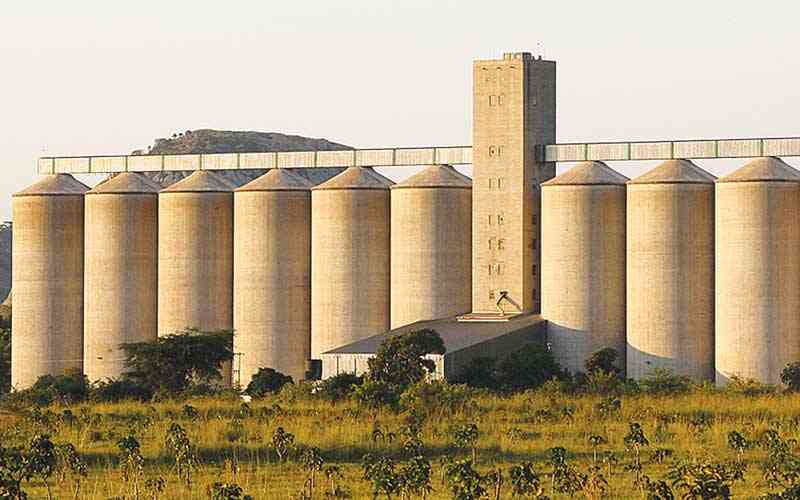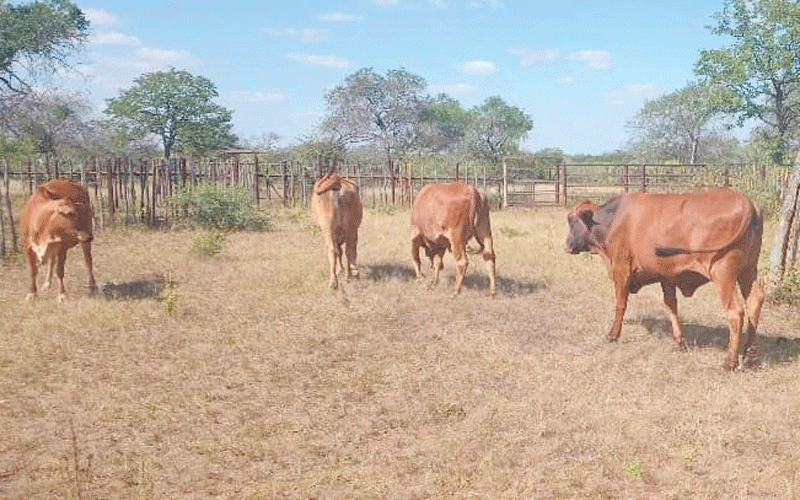
THE United States Agency for International Development (USAid) says some farmers continue to hold on to their grain so that they cash in on the anticipated El Nino-induced drought.
Weather experts are predicting a delayed start to the 2023/24 summer cropping season owing to the El Niño weather phenomenon.
In its latest food security outlook covering the October 2023 to May 2024 period, USAid said government crop input assistance programmes were likely to be some households’ main source of inputs.
“As of October 8, the government reported that the Grain Marketing Board (GMB) held about 205 700MT of maize, 48 100MT of small grains, and 137 600MT of wheat,” USAid said, through its food security arm the Famine Early Warning Systems Network.
“Additionally, in September, the government approved the private sector to import maize grain duty-free in anticipation of potential grain shortages through to the end of the 2023/24 marketing year and during the 2024/25 marketing year due to the potential negative effects of El Niño on the 2024 harvest. Households are also allowed to continue importing maize meal duty-free.”
USAid added that the government planned on assisting up to 3,5 million smallholder households with inputs, three million in communal and resettlement areas, and 500 000 in urban areas.
The report found that in the surplus-producing areas of Zimbabwe, household access to own-produced maize grain and other food stocks continues to be normal, and that markets are operating normally.
“However, some farmers with surplus stocks are reportedly speculatively withholding grain from the market to boost their stocks ahead of the forecast below-average 2023/24 rainy season,” USAid said.
- HCC considers cancelling ZimPhos contract
- Zim hit by grain shortage
- Masvingo teen stars in human wildlife ‘Konflict’ film
- Artisanal miners bear brunt of TB infections
Keep Reading
Fewsnet said food stocks were running out for Southern parts of the country and with an imbalance between high prices and low income for the households, access to food would be limited.
“In most southern and other deficit-producing areas, own-produced food stocks are depleting or have already run out for poor households as the 2023/24 lean season begins,” USAid said.
“However, as reliance on purchases increases, access to food on the markets for most poor households is constrained due to high prices and low income. Maize grain is scarce in some markets in these areas, but small grains can still be accessed.”
To incentivise farmers to grow more drought-resistant small grains better suited to the climate in low rainfall areas, USAid reported that the government launched new program to support farmers to increase their maize stocks.
The initiative allows farmers to swap up to 250 kilograms of small grains for an equivalent amount of maize at the GMB.
“Maize meal remains generally available across most rural and urban markets, except in some of the most remote rural areas,” USAid said.
The limited availability of the maize, the country’s staple food, comes as according to international multi-system seasonal forecasts, above-average temperatures are most likely across Zimbabwe through May 2024.
“This will likely increase evapotranspiration, negatively impacting water availability and access and crop and pasture conditions. There is also a heightened risk for veld fires due to the drier than normal conditions,” USAid said.
“Water availability and access will likely be near normal in typical high rainfall areas, ensuring normal supply for domestic, livestock and other livelihood uses, at least through the first half of the 2023/24 agricultural season.”
However, USAid said water sources in the drier parts of the country were expected to be below normal levels, negatively impacting water supply for various livelihood activities during the outlook period.
“Pasture and livestock conditions in high rainfall areas are expected to be fair to good through the outlook period, even with the anticipated negative impacts of El Niño. However, in most semi-arid areas, veld rejuvenation is likely to be below normal, resulting in fair to poor pasture conditions,” USAid said.










